I am looking for best way to externalize my validation error messages out of my src code in spring and spring boot application, in order to avoid build/deployment on each time the error messages changes. Is there possibly any such ways to achieve it?
-
You can move them to a taml config file, and have the mapping in a configuration class. Use the fields in the configuration class to populate the error messages. If you ever need to change any, just change the actual message in the yaml config, do a restart of your service. – Shubham Maheshwari May 30 '19 at 07:07
2 Answers
You can maintain all the validation error or success messages in a properties file. If you want to externalize, you can place the properties file outside the spring boot jar file. It is not necessary to put the configuration inside jar. I provide below the code snippet to achieve it.
import org.springframework.context.annotation.Bean;
import org.springframework.context.annotation.Configuration;
import org.springframework.context.annotation.PropertySource;
import org.springframework.context.annotation.PropertySources;
import org.springframework.context.support.PropertySourcesPlaceholderConfigurer;
@Configuration
@PropertySources({
@PropertySource("file:config/other-config.properties"),
@PropertySource("file:config/app-config.properties")
})
public class ExternalConfig {
@Bean
public static PropertySourcesPlaceholderConfigurer propertyConfigInDev() {
return new PropertySourcesPlaceholderConfigurer();
}
}
In the above code, in the line @PropertySource("file:config/app-config.properties"), config is the name of the folder or directory which contains many properties files like "app-config.properties". For better understanding, I provide below the image, external config file and spring boot jar will look like this finally.
- 7,625
- 7
- 34
- 65
The default resource bundle framework assumes your resource bundles are property files in your resources folder. So they are packaged inside your jar file as part of your build process.
However you can implement your own ResourceBundle loading:
https://docs.oracle.com/javase/tutorial/i18n/resbundle/control.html
You can then opt to use other mechanisms, including using a database instead of property files (with a TTL to cache messages for a specific period of time). This way you don't even have to restart the application when a message changes.
- 21,365
- 18
- 90
- 144
